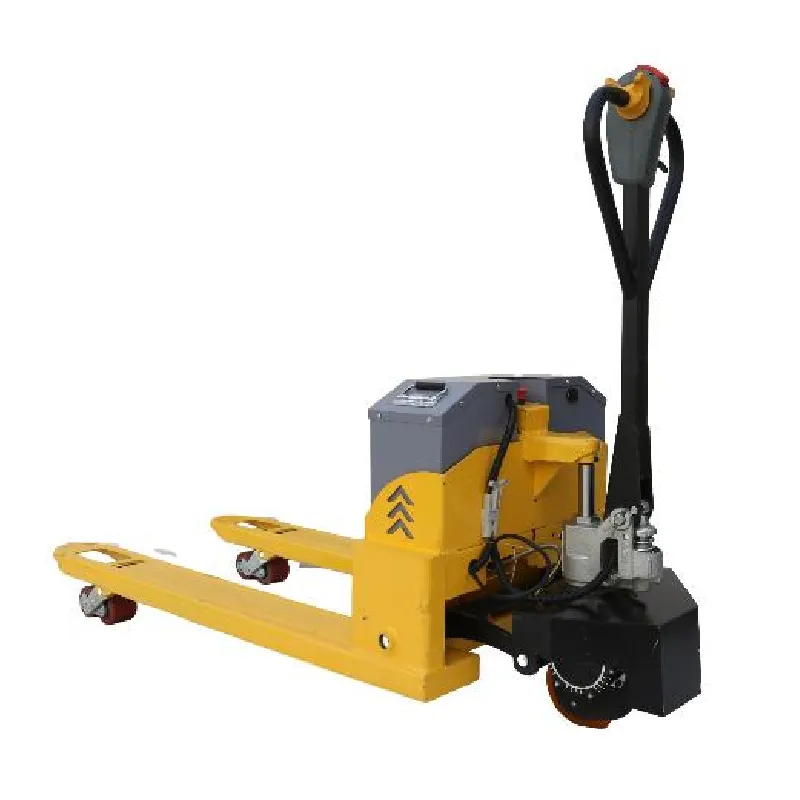


Exploring the Chain Block A Critical Tool for Lifting and Moving Loads
In the world of construction, manufacturing, and heavy-duty lifting applications, safety and efficiency are paramount. Among the various tools and equipment available, the chain block stands out as an essential device designed to aid in lifting and moving heavy loads. This article will explore the significance of a chain block with a capacity of 3 tons and a lifting height of 6 meters, examining its applications, features, and the benefits it brings to various industries.
What is a Chain Block?
A chain block, also commonly referred to as a chain hoist, is a mechanical device that uses a chain to lift or lower heavy loads. It consists of a chain pulley system that allows users to apply a minimal amount of effort to lift a significant weight. This makes chain blocks ideal for situations where heavy loads need to be moved vertically.
Key Specifications
Focusing on a specific model, a chain block with a lifting capacity of 3 tons and a height of 6 meters offers immense versatility across different applications. With a 3-ton capacity, it can handle substantial loads, making it suitable for various industrial uses, including manufacturing, construction, and warehousing. The 6-meter lifting height provides ample access to high locations, allowing operators to reach elevated areas that may be challenging otherwise.
Applications of a 3-Ton Chain Block
1. Construction Sites In construction, chain blocks are indispensable for lifting heavy materials like steel beams, concrete blocks, and equipment. They facilitate vertical movement, making it easier to position materials where they are needed and enhancing overall workflow efficiency on site.
2. Warehousing and Shipping In warehouses, chain blocks assist in lifting pallets or heavy containers for storage or transportation. They are essential in shipping yards where containers are being loaded onto trucks or ships, ensuring safety and reducing manual handling.

3. Automotive Industry Mechanics often rely on chain blocks to lift car engines or other heavy components during vehicle repairs. By providing precise control over the lifting process, chain blocks enhance safety for the worker and the vehicle.
4. Maintenance and Repair Facilities that require regular maintenance and repair of heavy machinery utilize chain blocks to lift equipment for inspections, repairs, or replacement of parts. The high lifting height allows technicians easy access to otherwise hard-to-reach areas.
Benefits of Using a Chain Block
- Safety Chain blocks provide a safer alternative to manual lifting or using less reliable methods. They reduce the risk of injury by allowing workers to lift and move heavy loads without excessive physical strain. - Efficiency The use of a chain block significantly speeds up the lifting process, enhancing productivity on job sites. With minimal effort required to operate the chain hoist, workers can focus on other tasks.
- Versatility A 3-ton capacity combined with a 6-meter height ensures that a chain block can be used in various applications, making it a multi-functional tool for diverse industries.
- Cost-Effectiveness Investing in a chain block can reduce labor costs and increase efficiency. The durability of chain blocks also means they have a long lifespan, providing value over time.
Conclusion
In conclusion, a chain block with a lifting capacity of 3 tons and a height of 6 meters is an invaluable tool across a multitude of industries. Its ability to lift heavy loads safely and efficiently makes it essential for construction, warehousing, automotive, and maintenance applications. By understanding its features and benefits, businesses can make informed decisions about their lifting equipment, ultimately enhancing productivity and safety in their operations.



